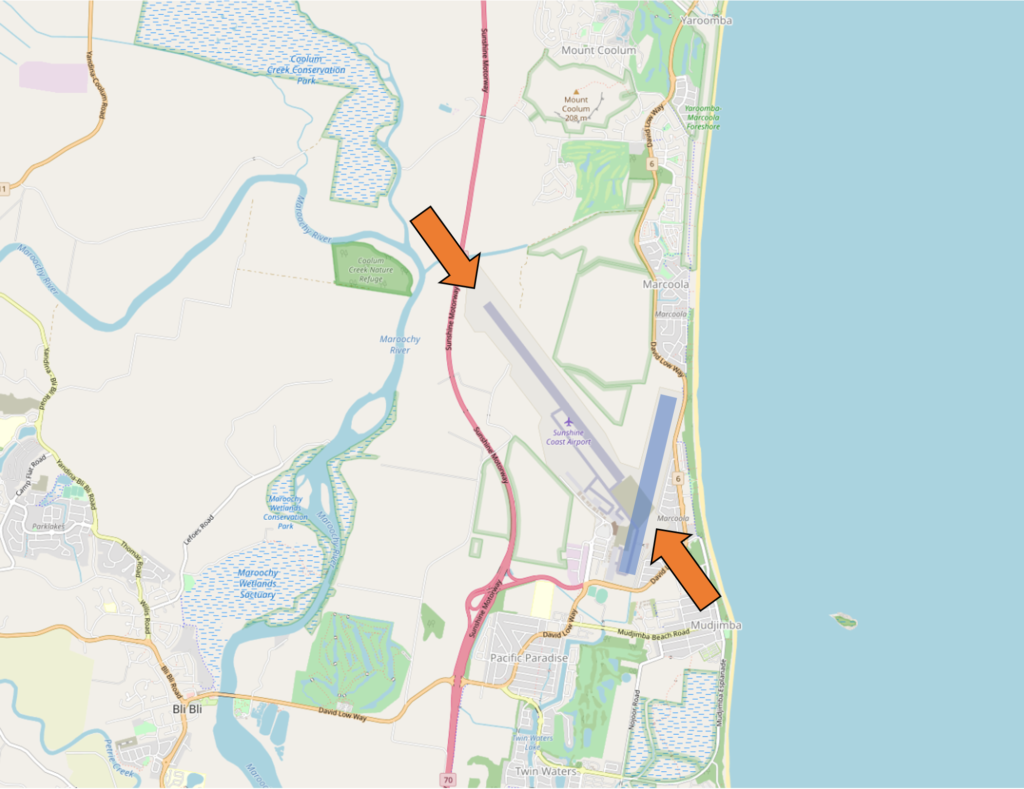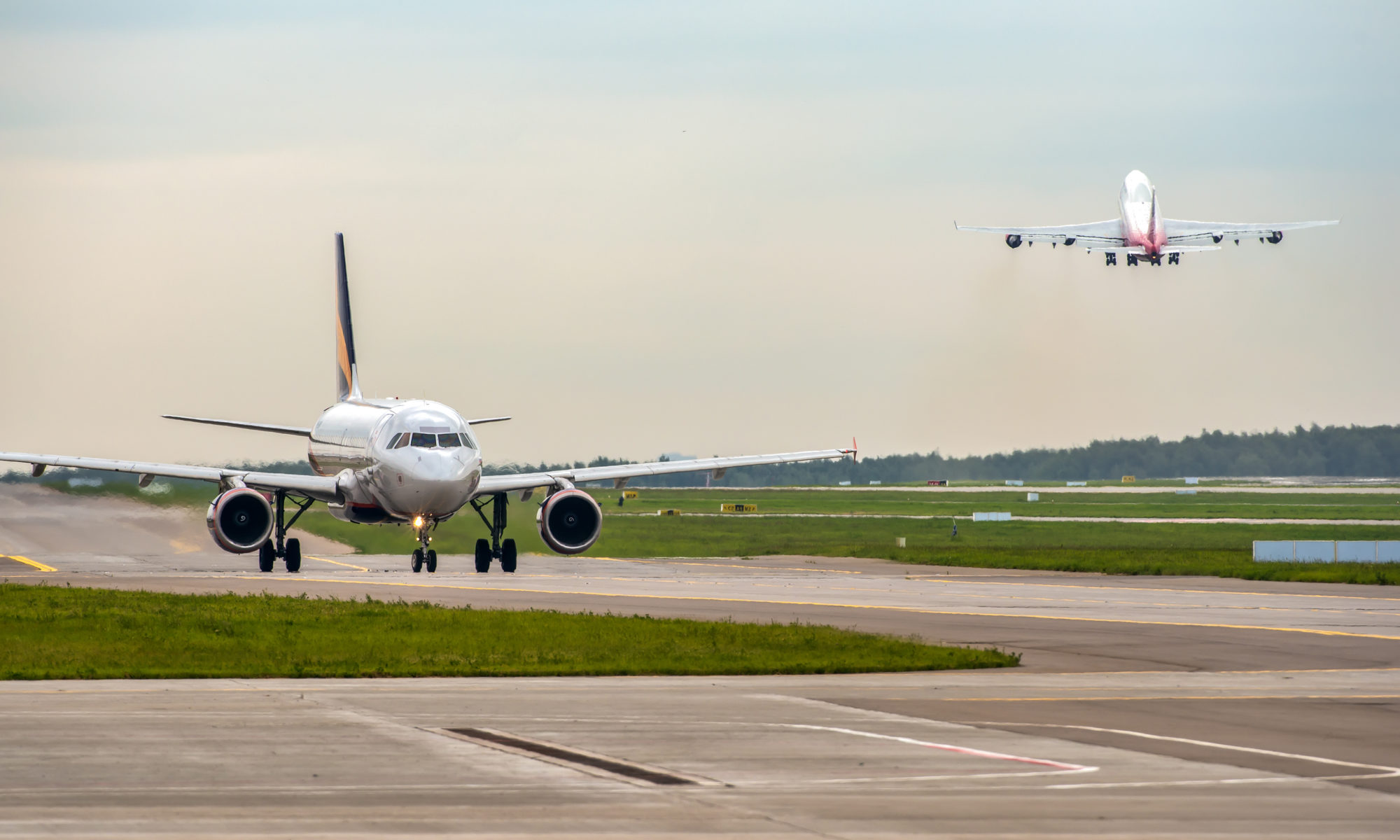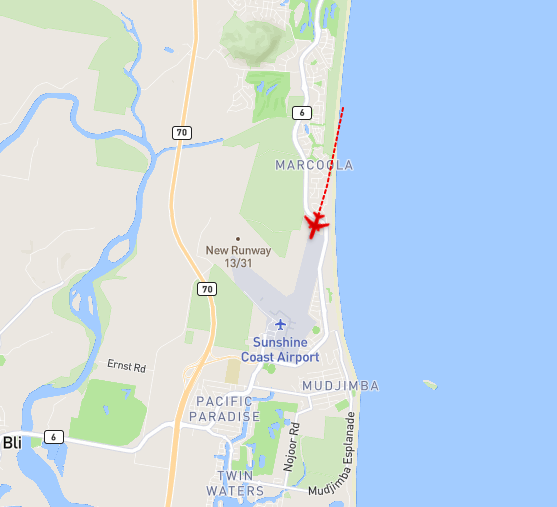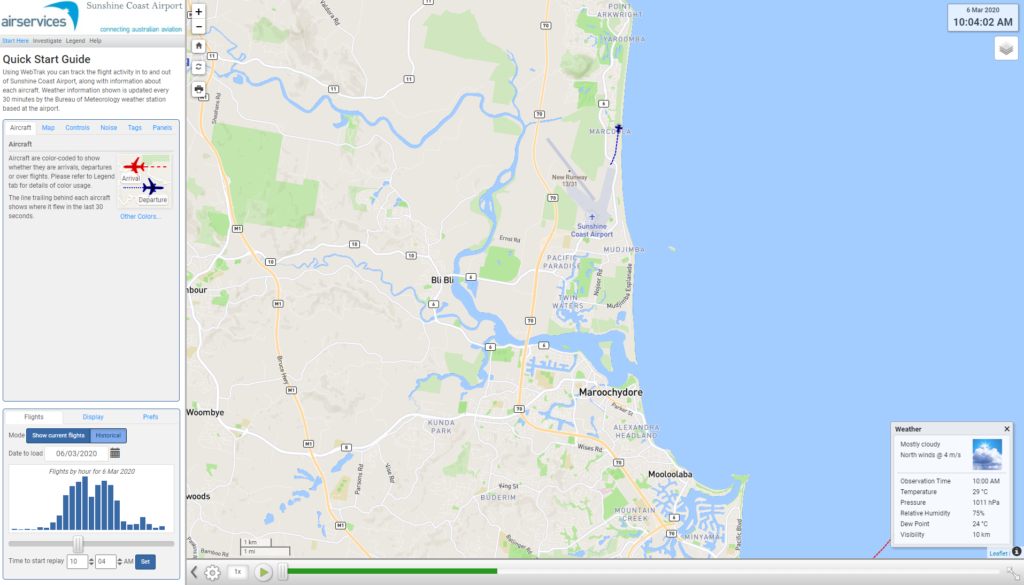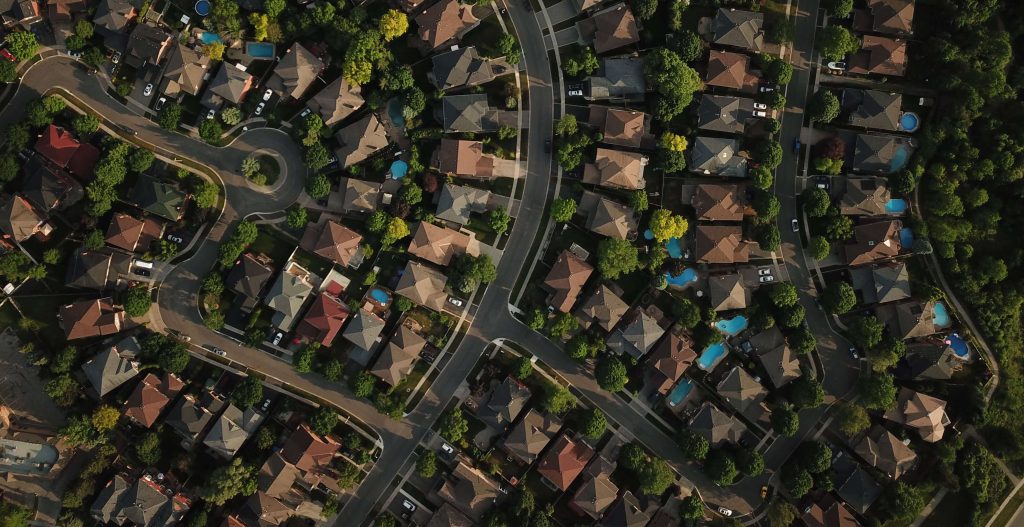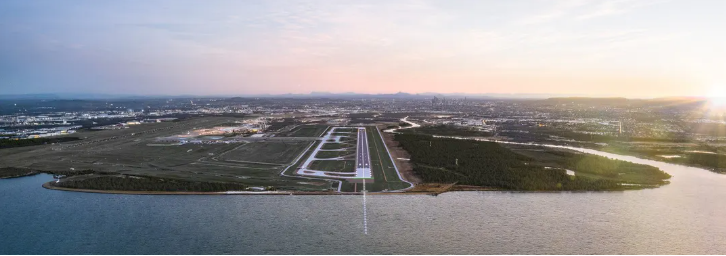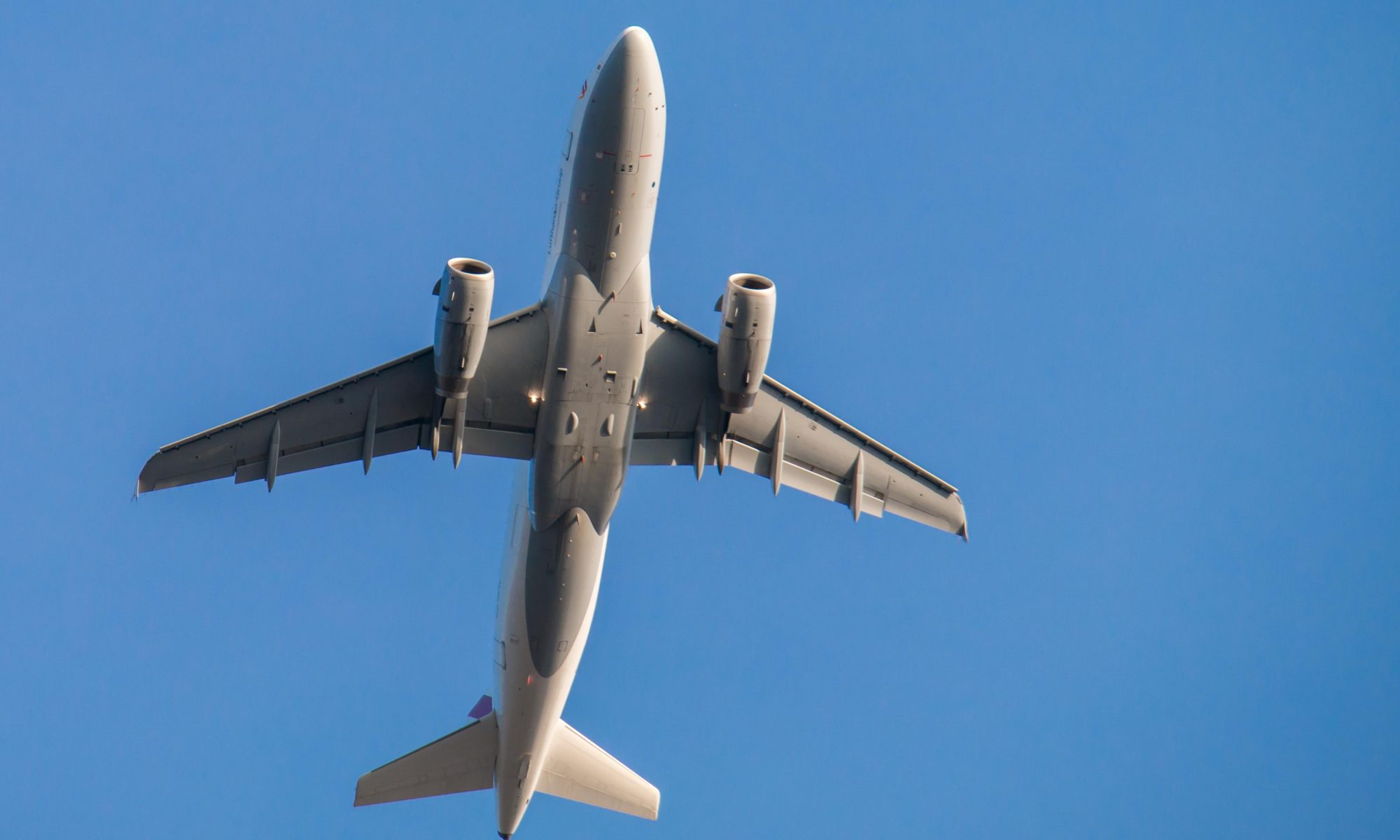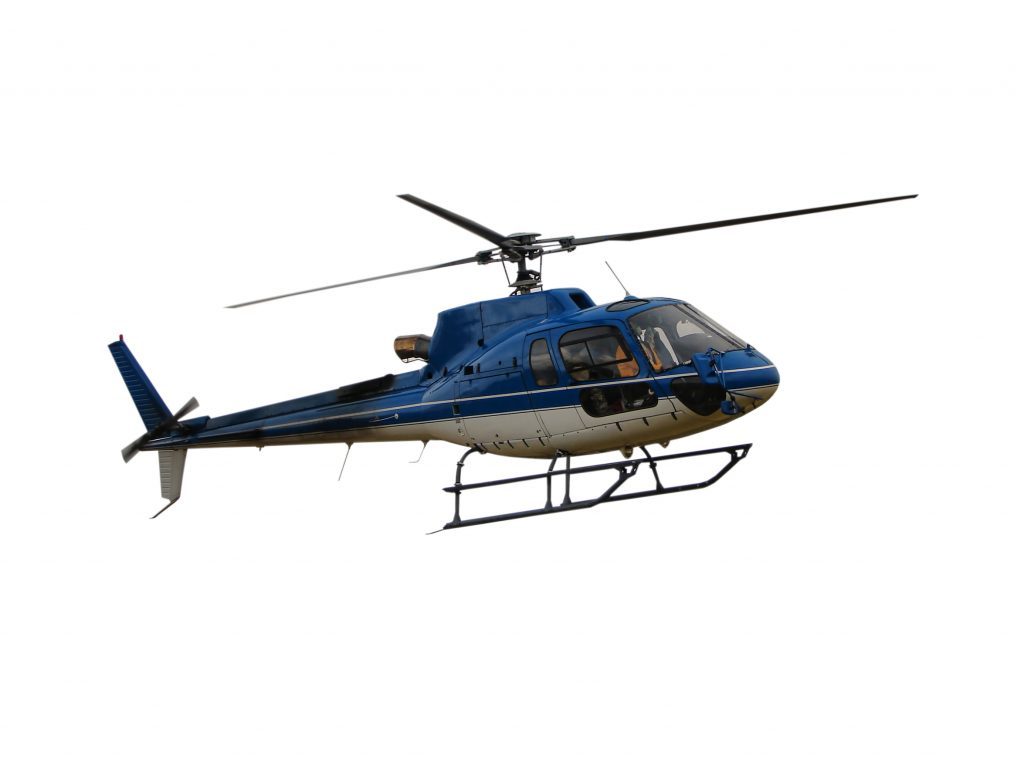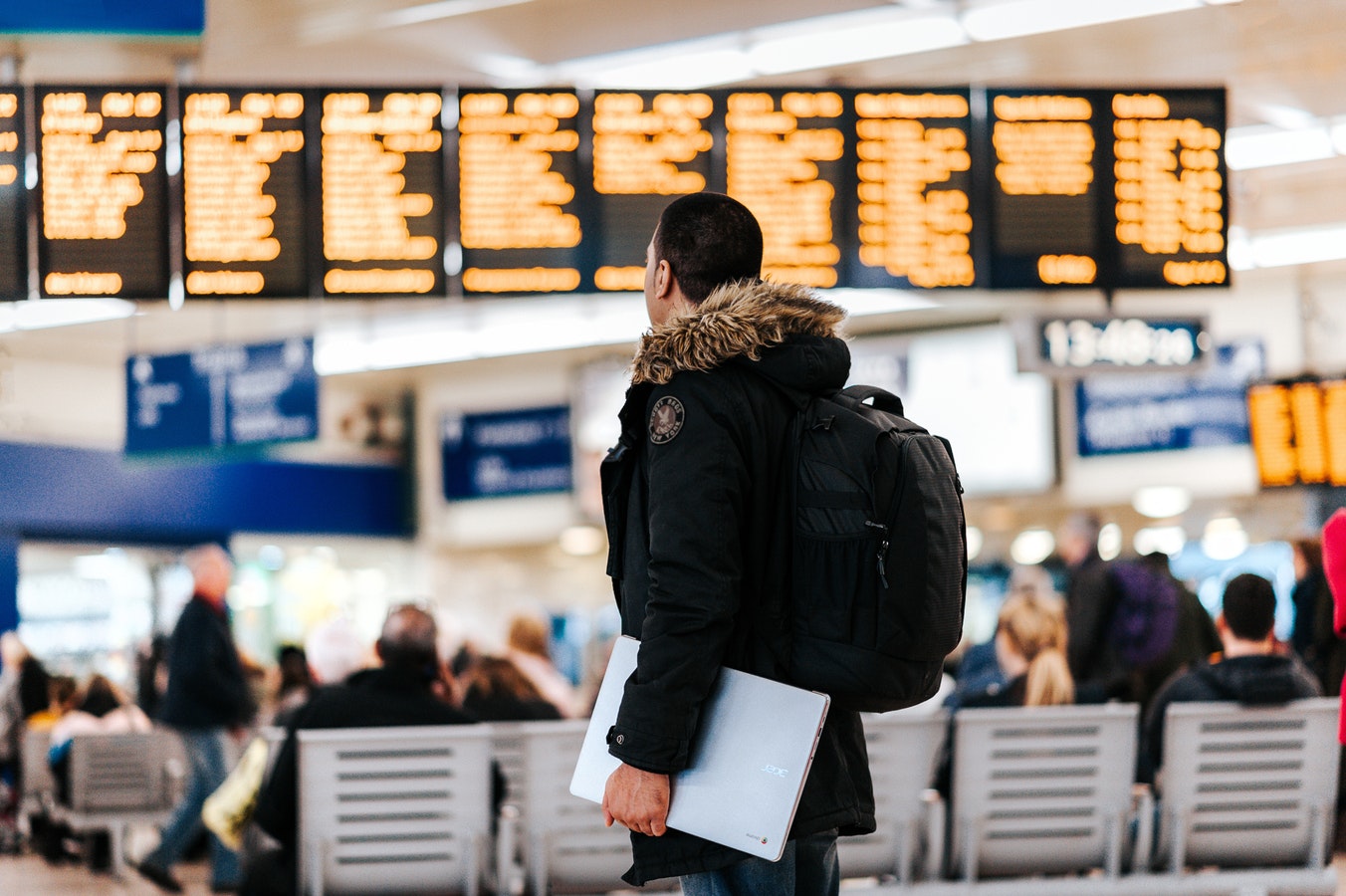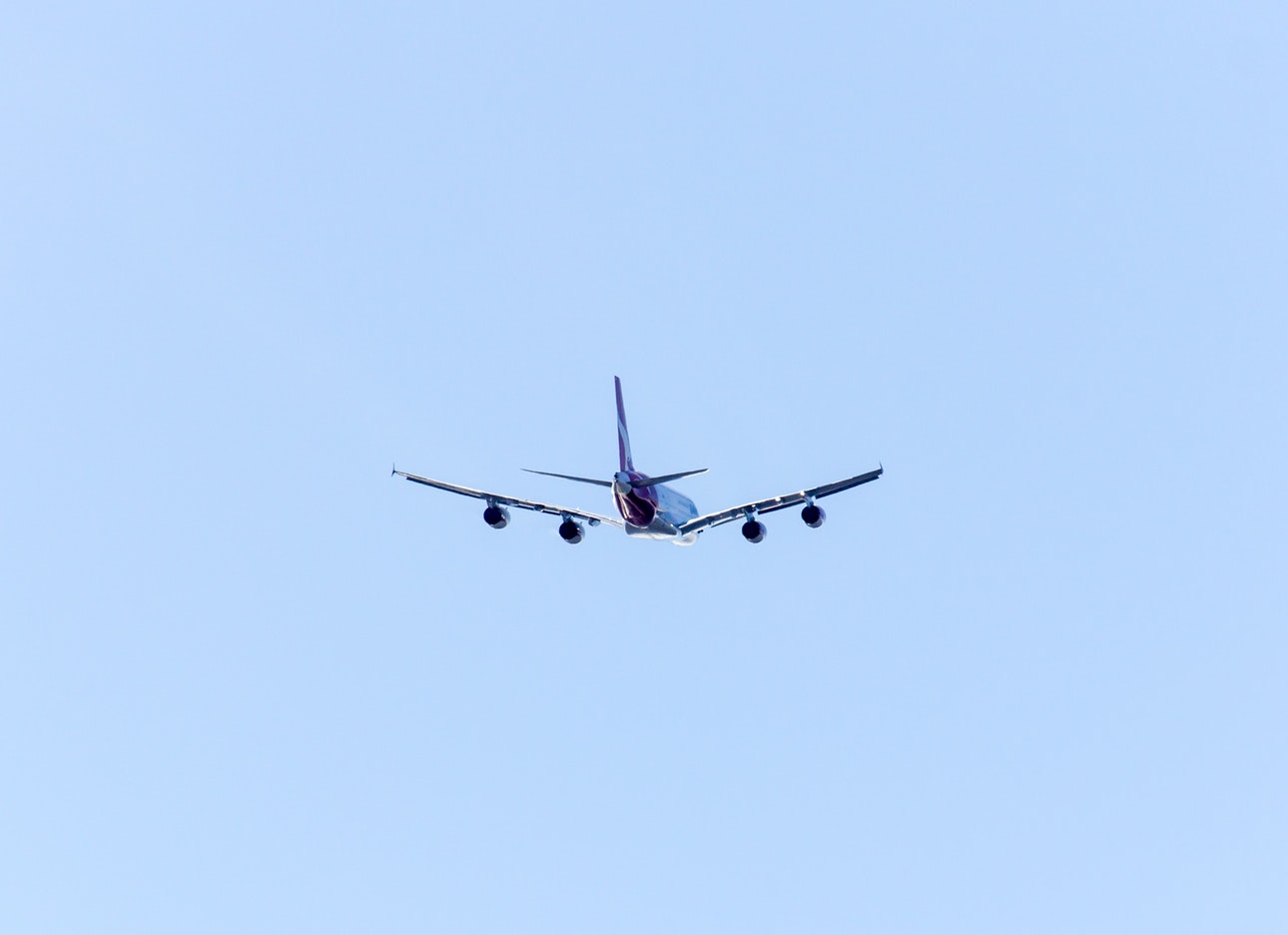We regularly receive calls about unusual or irregular aircraft activity or airport operations.
Aircraft may not fly on the published flight path for a number of reasons. You can learn more on our Do planes have to stay on flight paths? page.
Some other common reasons we are contacted are:
Circuit Training
At major general aviation airports around the country including Bankstown (NSW), Archerfield (Qld), Moorabbin (Vic), Parafield (SA) and Jandakot (WA), flight training schools regularly conduct circuit training. Circuit training sees aircraft, usually small single engine propeller aircraft, fly over the surrounding suburbs at a height of approximately 1,000 ft (305 metres).
Low level flights
Occasionally, aircraft and helicopters fly at low levels for reasons including law enforcement, rescue and military operations, aerobatic or air show displays.
More information is available on our What are the rules about helicopters? page and What are the rules about altitudes? page.
Equipment testing & calibration
We are responsible for conducting regular flight calibration inspections on around 500 navigational aids nationwide.
This involves a specially-equipped aircraft conducting numerous ‘missed approaches’ to test and calibrate equipment usually at low level. In order to fully check the equipment several passes are required and the aircraft may remain in the area for an extended period of time.
Whilst we take measures to reduce the impact of these inspections, they are required to maintain safety of the entire aviation system and on occasion we may need to undertake these at sensitive times.
Smoke and flames from an airport
We regularly conduct training exercises around the country for aviation fire fighters which involve the creation of large amounts of smoke and flames. There may also be an unusually high number of emergency vehicle movements. The appearance of smoke and flames at an airport does not mean there has been an accident or that there is any concern for aircraft safety.
